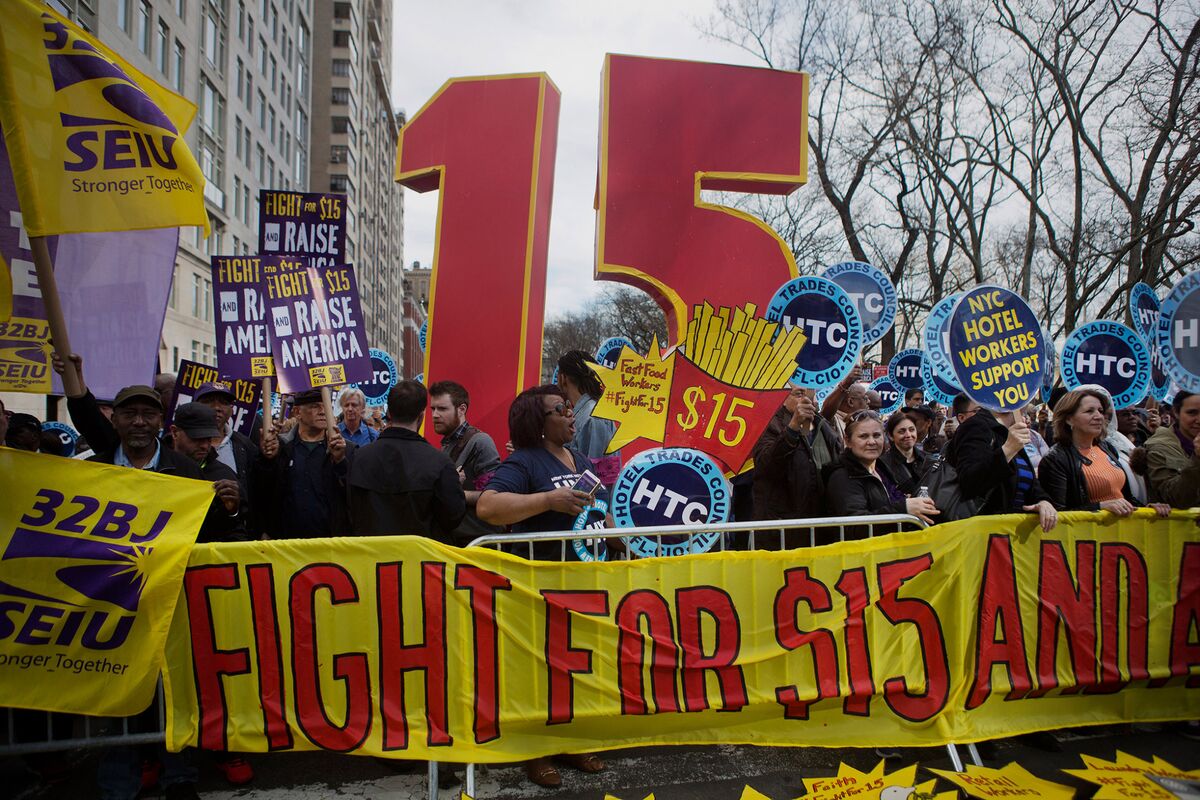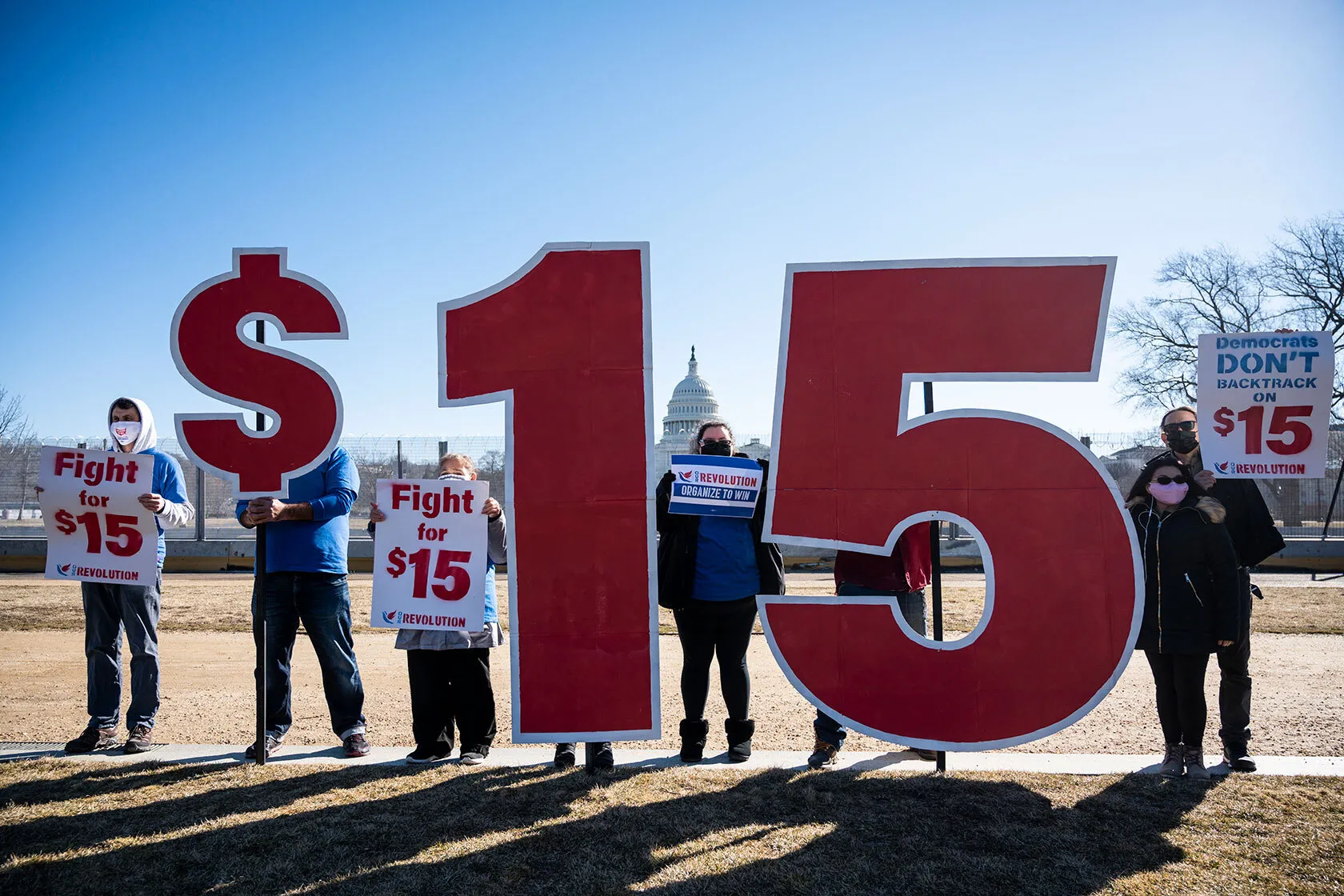Federal Minimum Wage Stagnation Sparks National Debate
Diverse State and Local Responses to Minimum Wage Challenges
According to NPR, discussions on wage standards become prominent in the U.S. as it hits the 15-year mark since the federal minimum wage was last raised to $7.25 on July 24, 2009. Over this period the minimum wage’s purchasing power has significantly eroded failing to match the increasing costs of essential goods and services. This has imposed financial hardships on workers across different sectors contributing to heightened income inequality and economic disparities in the country.
Despite the federal standard remaining stagnant there exists considerable variation in minimum wage policies across the nation. In 2023 approximately 869,000 workers earned at or below the federal minimum wage with certain groups like tipped employees and workers with disabilities subject to even lower rates. In response to the inadequacy of the federal minimum wage many states and cities have implemented higher local standards. For instance cities like Chicago have raised their minimum wage to $16.20 per hour reflecting efforts to address the cost of living disparities that persist regionally.
READ ALSO: Mother Gets Life In Prison For Brutal Murder Of 3-Year-Old Son!

15 Years Later: 869,000 Workers Still Struggling on $7.25 Minimum Wage-Advocates Push for Change! (PHOTO: Bloomberg.com)
Calls Grow Louder for Federal Minimum Wage Increase
Advocates and economists are advocating for an increase in the federal minimum wage arguing that the current rate is insufficient to meet the basic needs of workers in today’s economy. Given the ongoing inflation and rising living costs addressing wage disparities across different regions of the U.S. remains a critical issue requiring legislative action and reform.
READ ALSO: Unlocking Education Benefits For Dependents Of Veterans: A Guide To Chapter 35 Benefits (2023-2033)




![Tyson Foods Plant [Photo: Food Manufacturing]](https://southarkansassun.com/wp-content/uploads/2023/08/iStock_1185520857__1_.5e441daa51cca-600x337.jpg)







![Silverado Senior Living Management Inc. [Photo: Los Angeles Times]](https://southarkansassun.com/wp-content/uploads/2023/10/download-6-4-600x337.jpg)

![China's Wuhan Institute of Virology [Photo: Nature]](https://southarkansassun.com/wp-content/uploads/2023/09/d41586-021-01529-3_19239608-600x337.jpg)
















